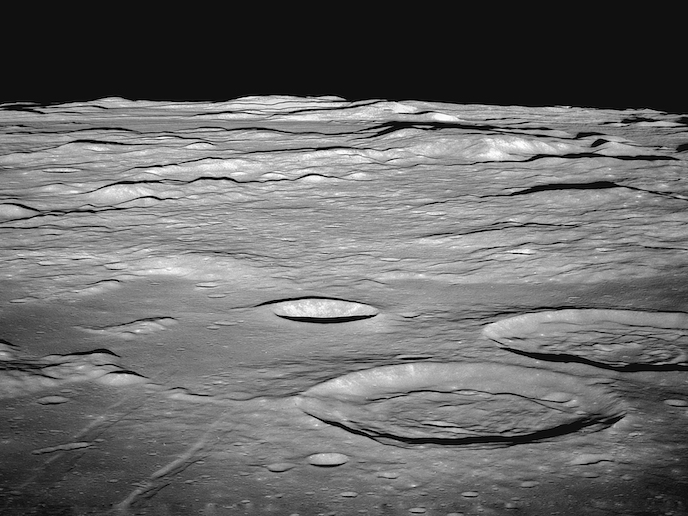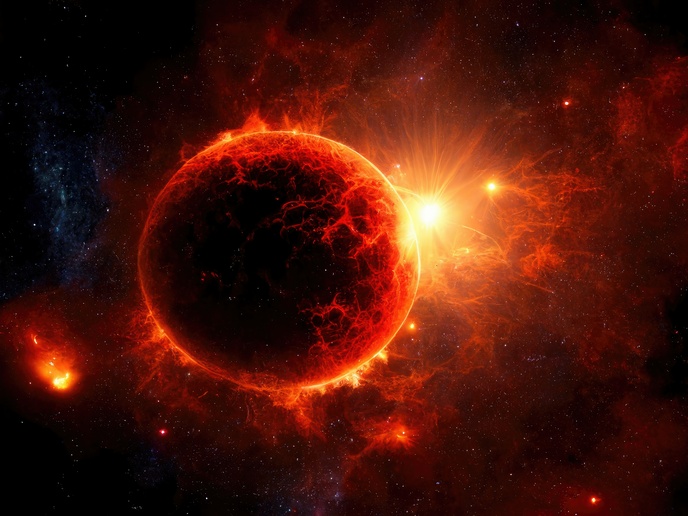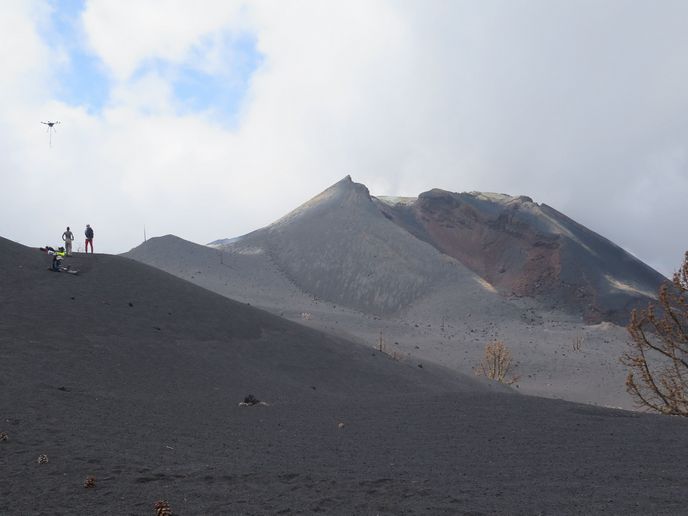Characterising the solidification of the Moon’s early magma ocean
The Moon was likely once covered with magma, which cooled and crystallised into the rocky material of today. Different minerals formed at different stages with some forming the Moon’s crust, explaining the various rocks found on the surface. These offer clues about the Moon’s evolution, while also providing an origin story for planets generally. However, modelling lacks the varied samples necessary for high accuracy. The Apollo and Soviet Luna missions explored only a few square kilometres, and remote-sensing data indicates that these samples are not representative of the whole lunar crust. The MoonDiff project, supported by the Marie Skłodowska-Curie Actions programme, traced the solidification of the Moon’s magma ocean. “For the first time, we have obtained radiogenic pair partitioning behaviour for minerals and lunar pressure and temperature conditions,” says lead researcher Joshua Snape, from VU Amsterdam, which hosted the project. Additionally, new lunar sample analyses provided the most precise ages available for samples collected during the Apollo missions, as well as some of the oldest known lunar volcanic rocks found in meteorites. These have supplied a new database of lead isotopic compositions in volcanic lunar rocks, complementing previous databases for other isotopes.
Combining isotopic analyses with new experimental constraints
MoonDiff had to work out where different elements would be in the lunar magma ocean. “The Moon provides a brilliant natural laboratory where ancient rocks from the first solid crust formed from the magma ocean, and have survived on the surface,” adds Snape. The team compared previous isotopic analysis with their own experiments. Isotopes are variants of a chemical element. Through the process of radioactive decay, isotopes of one element form isotopes of another. For example, through the decay chain uranium becomes lead and so the elements are said to be paired. Researchers use this process to determine the ages and origins of rocks, which informs modelling. The MoonDiff experiments made powders of chemical oxides, to obtain a composition similar to the Moon’s magma ocean. Traces of the elements under investigation – chiefly: uranium (U), lead (Pb), rubidium (Rb), strontium (Sr), samarium (Sm), neodymium (Nd), lutetium (Lu) and hafnium (Hf) – were then added. After being melted into a glass and then crushed back into a fine powder, a piston cylinder press heated the mixture to 1 000-1 300 degrees Celsius and squeezed it at pressures of 1-2 gigapascals (10 000-20 000 atmospheres), simulating the Moon’s interior. This formed crystals of the same minerals that would have formed in the young Moon. The crystals were measured for different trace elements, quantifying the so-called geochemistry (partitioning behaviour) of the mineral’s crystal structure. The results were fed into models which specified the proportions of different minerals likely to have formed at different stages of magma crystallisation. This limited the ratios of paired elements that would have been in different Moon locations. These were compared with calculations from actual sample measurements. While the sample measurements of Rb/Sr and Sm/Nd ratios could be recreated, the U/Pb ratios remain harder to replicate. The natural samples indicate that the U/Pb ratios would have been much higher than anything experimentally generated or able to fit recent models. “The Moon could be much younger, approximately 4.4 billion years old, than originally thought. Or if older, approximately 4.5 billion years old, large amounts of lead were either taken into the lunar core or lost into space after asteroid and comet bombardment,” explains Snape. The team will now explore how these bombardments could explain these anomalies.
Keywords
MoonDiff, Moon, planets, Apollo, lunar, elements, isotopes, magma, space, asteroid, comet, mineral, crystallisation







